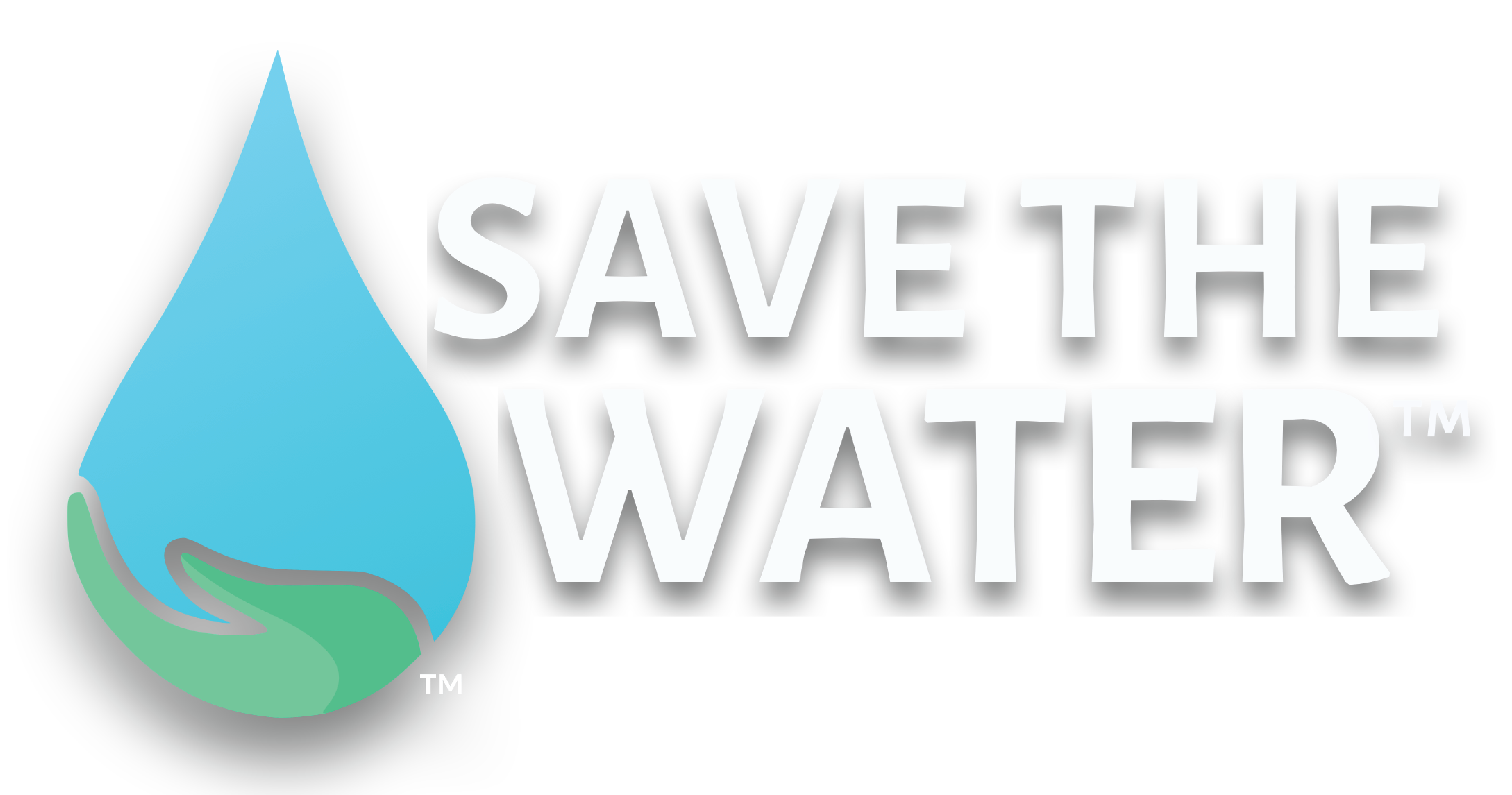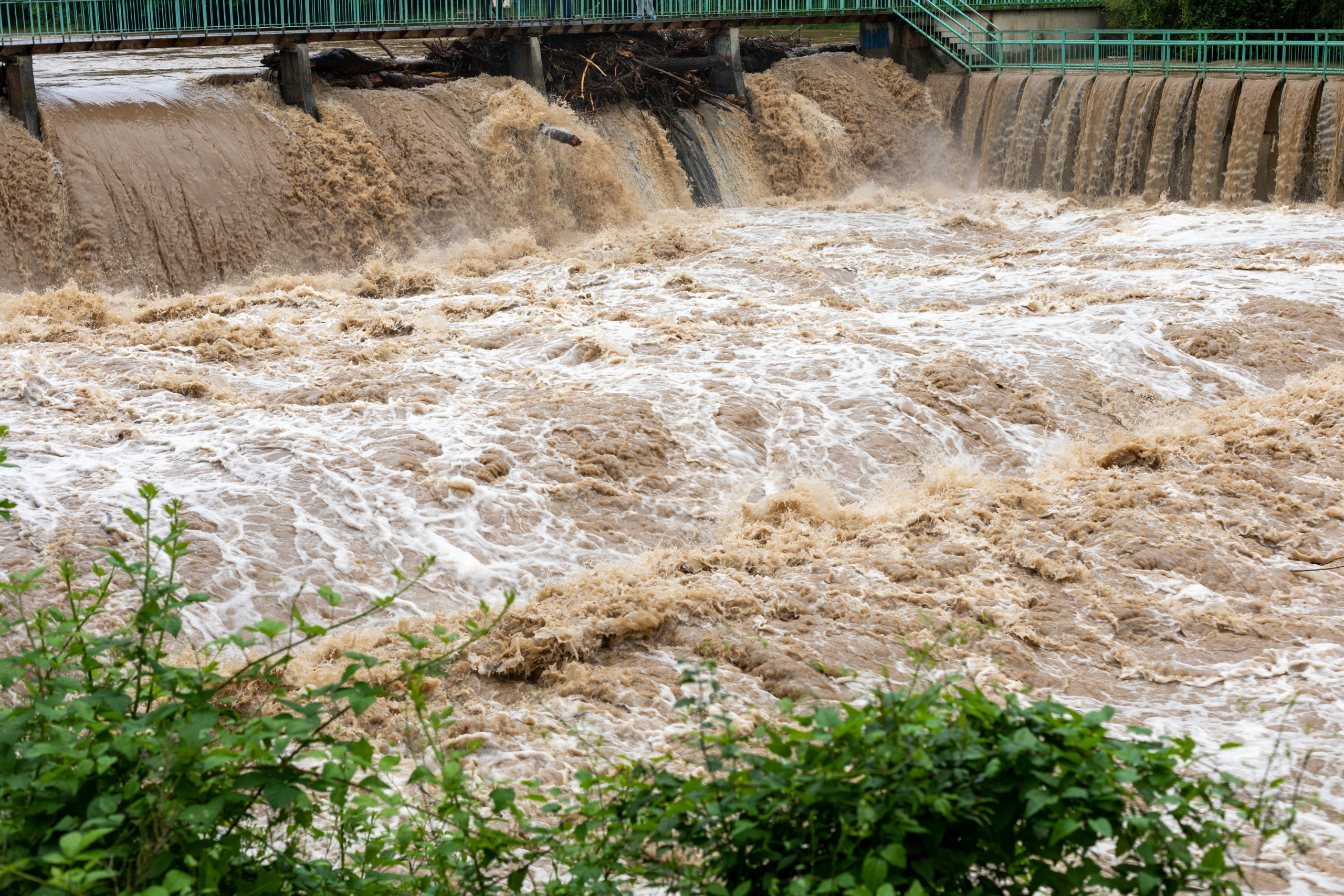By Sakshi Kabra Malpani, Publishing Associate: Researcher and Writer at Save the Water™ | March 31, 2025
Edited by Joshua Awolaye, Publishing Associate: Editor at Save the Water™
Stormwater management effectively controls urban water pollution by managing runoff and reducing contaminants. Stormwater runoff contains toxic pollutants like heavy metals, particles, dust, oil, etc. As a result, it affects water quality and leads to flooding and soil erosion. Thus, good stormwater management practices are necessary.
What is Stormwater Management?
In cities and towns, stormwater runoff is rainwater that doesn’t soak into the land, flowing into drains, streams, and rivers. This level increases with heavy rainfall and floods, mixed with sewage and industrial wastewater. Eventually, when it reaches the water bodies, it contaminates and degrades water quality. Hence, it is important to reduce the quantity of this runoff.
Sustainable Stormwater Management Strategies
Planning and models are shaping urban infrastructure to reduce the stormwater runoff. They also assess the effects of urban growth and its impact on overall water quality. Some of them are:
- Green Infrastructure: It uses natural spaces and processes for stormwater management. It also helps to collect rainwater for its further use in harvesting. This includes rain gardens, urban wetlands, green roofs, rain harvesting tanks, and lots more. Additionally, it also improves the aesthetic features of a city or town.
- Porous Pavements: Concrete or asphalt pavements are porous and allow more rainwater to seep under the soil. Thus, this reduces stormwater runoff. Furthermore, they have inlets to accommodate overflows during heavy rainfall. This removes dust, heavy metals, and filters water. Moreover, this helps to improve groundwater level.
- Detention and Retention Ponds: Retention and detention ponds are collectively known as wet ponds. Detention ponds store excess stormwater for 24 to 48 hours to minimize flood risks. In addition, this purifies water by settling down the bigger contaminants. In contrast, retention ponds accumulate stormwater for a longer period. This allows for slower and effective pollutant removal and water filtration.
- New age Filtration Technologies: Emerging technologies like Artificial Intelligence (AI) and the Stormwater Management Model (SWMM) are now used to test the efficiency of existing practices. AI tools collect and organize data to predict stormwater flow. This also allows monitoring of real-time water quality and assessing emergency conditions like flooding. Additionally, AI-based sensors regularly check pH, turbidity, contamination level, and dissolved oxygen in stored stormwater. Also, membranes and biofilters are used to treat stormwater.
Case Studies
Some scientists studied a few European urban coastal areas, heavily affected by floods in the last few decades. They found that changes in landscape, urban development, and extension of city boundaries are the main causes of stormwater runoff. Hence, they suggested a simple watershed-based stormwater management system for this problem. Watersheds are lands where both ground and stormwater are drained into water bodies like rivers or streams.
The Low Impact Development (LID) concept in North America, Sponge City in China, and other similar projects are other implemented stormwater management practices. It uses natural processes to protect stormwater, aquatic habitats and improve water quality. Furthermore, they not only manage stormwater but also treat it as a secondary water resource.
Key Challenges
- Cost of investment and maintenance
- Contamination of water bodies
- Increased runoff volume
- Lack of funding
- Lack of general awareness
- Complex regulatory compliance
What Can You Do?
Firstly, we can spread the word in public to generate awareness to collect rainwater to reduce stormwater runoff. Secondly, we can start campaigns to develop and use rain gardens, rain barrels, and watersheds for effective stormwater management. Moreover, the government can also implement policies and regulations to advance these practices. Lastly, collaboration among communities, policy makers, and city planners can help in attaining these goals.



